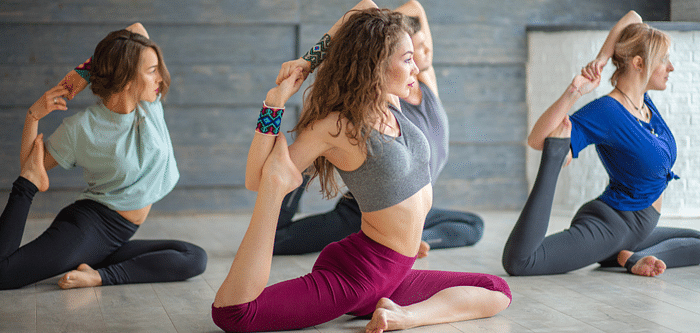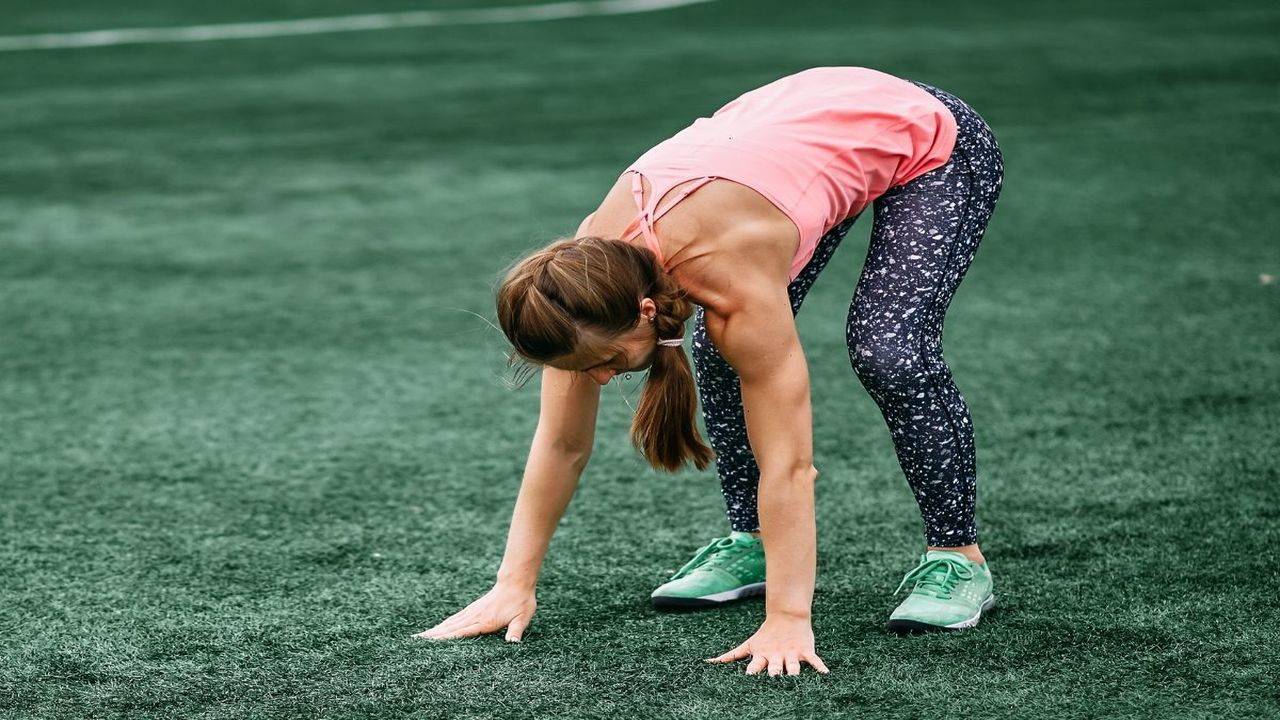Let’s talk about hamstrings. They’re not the sexiest muscle group to train, and they’re often overlooked in favor of quads, glutes, or abs. But if you’re skipping your hammies, you’re missing out on real power, speed, and lower body stability. Whether you want to run faster, deadlift heavier, or simply stop feeling those awkward tugs every time you reach for something on the floor, building stronger hamstrings is non-negotiable.
Now, here’s the good news: you don’t need a fancy gym setup or endless hours of training to level up your hammie game. You just need the right strategy and some consistency. These 6 tips are simple, smart, and effective enough to get your hamstrings stronger, more flexible, and ready to handle whatever you throw at them.
Let’s dive in.
1. Train Your Hamstrings More Than Once a Week
One of the biggest mistakes people make? Training hamstrings once a week, usually at the end of leg day when they’re already exhausted.
Why that’s a problem:
Your hamstrings are a big muscle group that supports nearly every movement below the waist—walking, running, squatting, deadlifting, and more. Giving them only a few lazy sets after quad work isn’t cutting it.
The fix:
Try training your hamstrings 2–3 times a week, mixing up intensity and volume. For example:
- Day 1 (Strength): Heavy Romanian deadlifts, glute-ham raises
- Day 2 (Hypertrophy): Lying leg curls, kettlebell swings, cable hamstring curls
- Day 3 (Stability/Mobility): Hamstring sliders, resistance band curls, dynamic stretches
It doesn’t have to be long—just consistent and focused.
2. Focus on the Hip Hinge, Not Just Leg Curls
Leg curls at the machine are fine—but your hamstrings do more than just bend your knees. They also extend your hips. That’s where most real-world strength and athletic performance comes from.
Enter: The Hip Hinge.
Think:
- Romanian Deadlifts
- Single-leg Deadlifts
- Kettlebell Swings
- Good Mornings
These moves teach your hamstrings to stabilize your hips while generating force through the posterior chain.
Pro tip:
Don’t chase weight right away. Master your form, keep your spine neutral, and engage your core. Quality movement > quantity of reps.
3. Add Eccentric (Negative) Training
Want to make your hamstrings bulletproof? Focus on the eccentric phase—that’s the lowering part of a movement, where the muscle is lengthening under load.
Why it matters:
Eccentric training builds more strength, improves flexibility, and helps prevent strains. It also makes your muscles sore in the best way, signaling serious growth.
How to apply it:
- Slow down the lowering on Romanian deadlifts (3–5 seconds).
- On leg curls, control the descent rather than just letting the machine drop.
- Try Nordic hamstring curls—the king of eccentric hamstring strength (they’re tough, but even partial reps work wonders).
Your hammies will scream, but in a good way.
4. Balance Strength with Flexibility
You can have strong hamstrings, but if they’re stiff as a board, you’re still at risk for injuries—and you won’t move well either.
What’s the solution?
Mobility work. Think of it as your secret weapon.
Here’s what works:
- Dynamic stretches like leg swings, walking toe touches, or inchworms pre-workout
- Static stretches like seated forward folds or standing hamstring stretches post-workout
- Foam rolling for myofascial release
And no, you don’t need to stretch for an hour. Just 5–10 minutes a day can make a huge difference in how your hamstrings perform and recover.
5. Use Unilateral (Single-Leg) Movements
Most of our daily movements—walking, running, climbing—happen one leg at a time. So it makes sense to train your hamstrings that way too.
Why it’s important:
Unilateral training exposes and corrects muscle imbalances, improves stability, and prevents injury.
Best unilateral hamstring moves:
- Single-leg Romanian deadlifts (with dumbbells or kettlebell)
- Stability ball hamstring curls (with one leg at a time)
- Step-through lunges
- Banded single-leg kickbacks
Start light. Focus on balance and control before increasing weight.
6. Support Hamstring Growth With Recovery and Nutrition
Muscles don’t grow during workouts. They grow during recovery. And that means two things: fueling properly and letting your body rest.
What to prioritize:
- Protein intake: Aim for 1.6–2.2 grams per kg of body weight daily
- Hydration: Muscles cramp and tighten when dehydrated
- Sleep: Aim for 7–9 hours—this is when tissue repair really kicks in
- Active recovery: Light stretching, walking, or yoga to keep blood flowing
If you’re constantly sore or tight, that’s a red flag. Back off a little, focus on recovery, and come back stronger.
Sample Hamstring-Focused Weekly Split
Here’s a simple, balanced plan to work your hammies without overdoing it:
Monday (Strength Focus):
- Barbell Romanian Deadlifts – 4×8
- Bulgarian Split Squats – 3×10 per leg
- Cable Hamstring Curls – 3×12
- Standing Calf Raises – 3×15
Wednesday (Mobility + Light Strength):
- Stability Ball Hamstring Curls – 3×15
- Single-Leg Glute Bridge – 3×12
- Resistance Band Kickbacks – 3×20
- Dynamic Stretch Circuit – 10 minutes
Friday (Power + Eccentric Focus):
- Kettlebell Swings – 4×20
- Nordic Hamstring Curls (assisted if needed) – 3×6
- Single-Leg RDLs – 3×8 per leg
- Foam Rolling – 5 minutes
Final Thoughts: Strong Hamstrings, Stronger You
Stronger hamstrings don’t just look good (hello, sculpted legs). They’re essential for stability, injury prevention, athletic performance, and overall movement health. They help you run faster, jump higher, lift heavier, and move more confidently in everyday life.
And the truth is—it doesn’t take complicated programming or heavy equipment. Just a few smart tweaks to your routine, like the tips above, and you’ll start seeing real progress in weeks.
So whether you’re lifting, running, doing yoga, or just want to stop those annoying hamstring twinges, commit to your hammies. Show them some consistent attention, and they’ll pay you back in strength, speed, and bulletproof legs.










